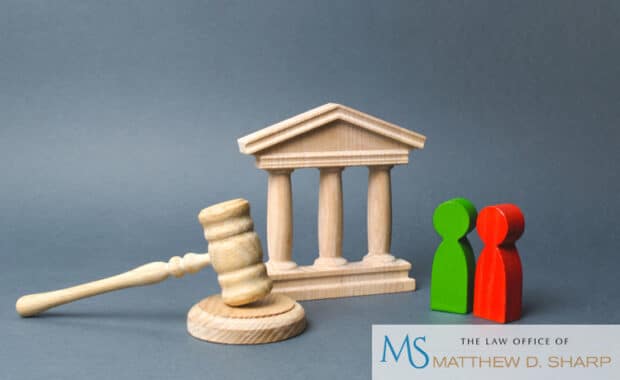Texas law defines an arraignment as a person’s first appearance before a judge after an arrest. This is the first step in the criminal prosecution of a person charged with a crime. Most people are aware of everyone’s right to a speedy trial, but most don’t realize that people also have the right to a speedy arraignment. The U.S. Supreme Court decided in Mallory v. United States (1957) that an arraignment must happen as quickly as possible.
When Does the Arraignment Process Start?
In most criminal cases, this usually means that a person should be arraigned within 48 hours of their arrest. This time is usually extended if the arrest occurs on a weekend or a holiday. Some suspects may not face arraignment for weeks if they’ve already posted bail and been released. When attorneys get involved, they may delay an arraignment or possibly even ask for it to be held immediately. Both of these actions are usually part of their defense strategy.
The Steps of the Arraignment Procedure
The legal arraignment is usually a feverish event that takes place in a courtroom filled with other defendants, one judge, a prosecutor, members of the public, the defendant and the defendant’s attorney. No jury is present during this appearance. It’s important for a person to understand everything that is going on, and it’s not unheard of for an individual to simply ask the judge to explain something that doesn’t totally make sense to them.
In most legal arraignments, a very specific procedure takes place. The defendant is first notified, in writing, of the charges that they’re facing. They then have the option to make their plea, and this is usually a good time to say “not guilty.” A defendant, at this point, could request their arraignment be held after they get an attorney, or in the case that the accused is indigent, the court will provide an attorney.
At this point, the judge will reconsider the bail status of the accused. This can be raised or lowered if the judge sees fit. The judge will also set dates to hear pretrial motions and other hearings related to the case. There are some cases in which the attorney of the accused could actually handle the arraignment without their client being there. The attorney isn’t often able to enter a plea on behalf of their client except in special circumstances, and the judge will want to ensure that the defendant is fully aware of the charges and penalties that they face before this occurs.
Representing Oneself in Arraignment Court
Many people wonder if they can represent themselves at arraignment, and while they’re allowed to, it’s usually not a good move. Prosecutors and law enforcement can make critical errors that can lead to a charge being dismissed. Defense attorneys know how to look for these mistakes, but the typical person will likely miss them. Additionally, most people are in jail up until their arraignment, and this leaves zero time to gather any evidence for a case.
To learn more about how to appropriately handle an arraignment, reach out to The Law Office of Matthew D. Sharp at 713-868-6100.




